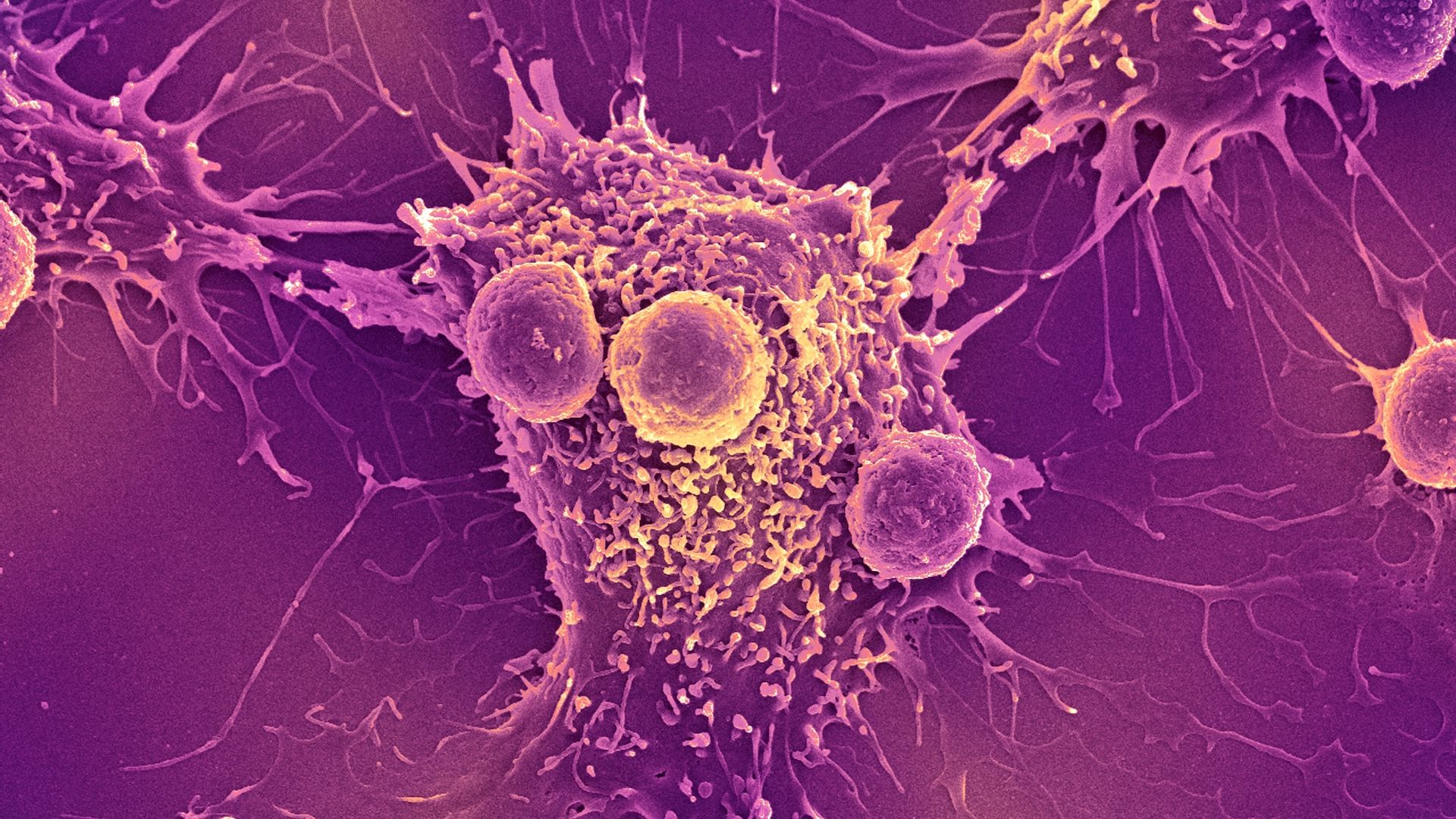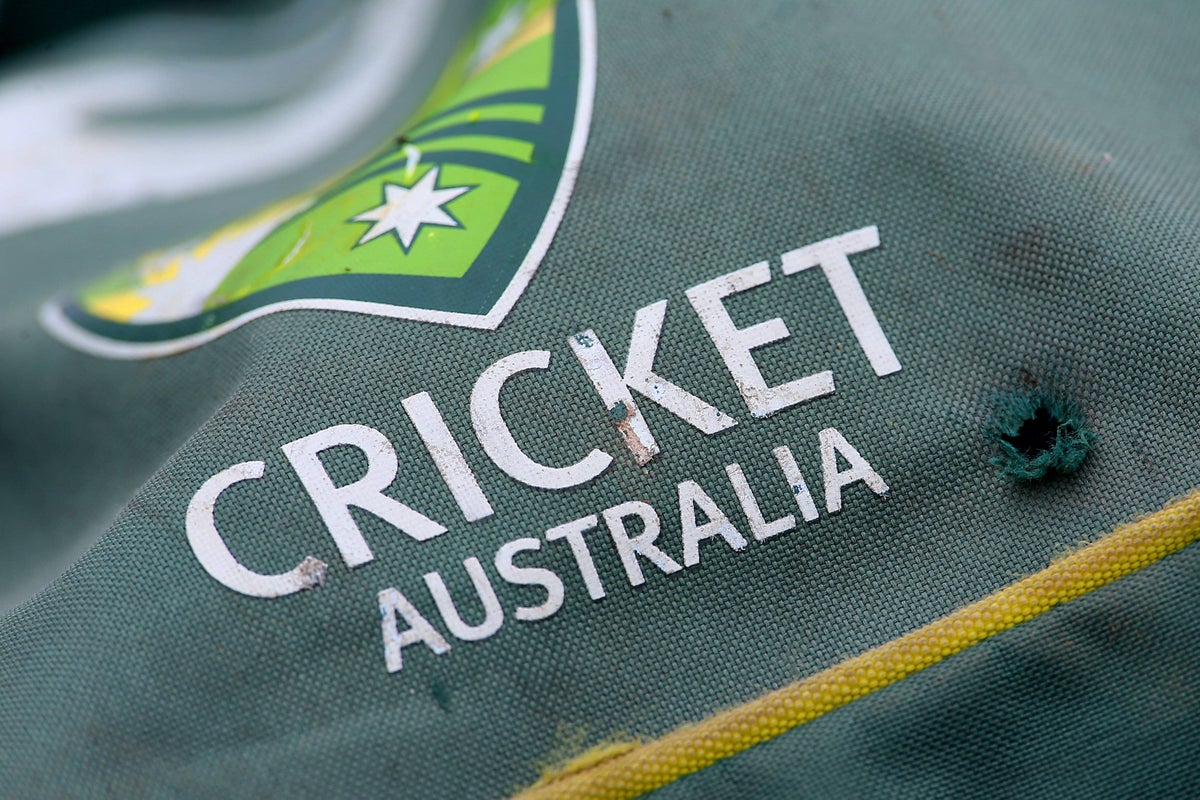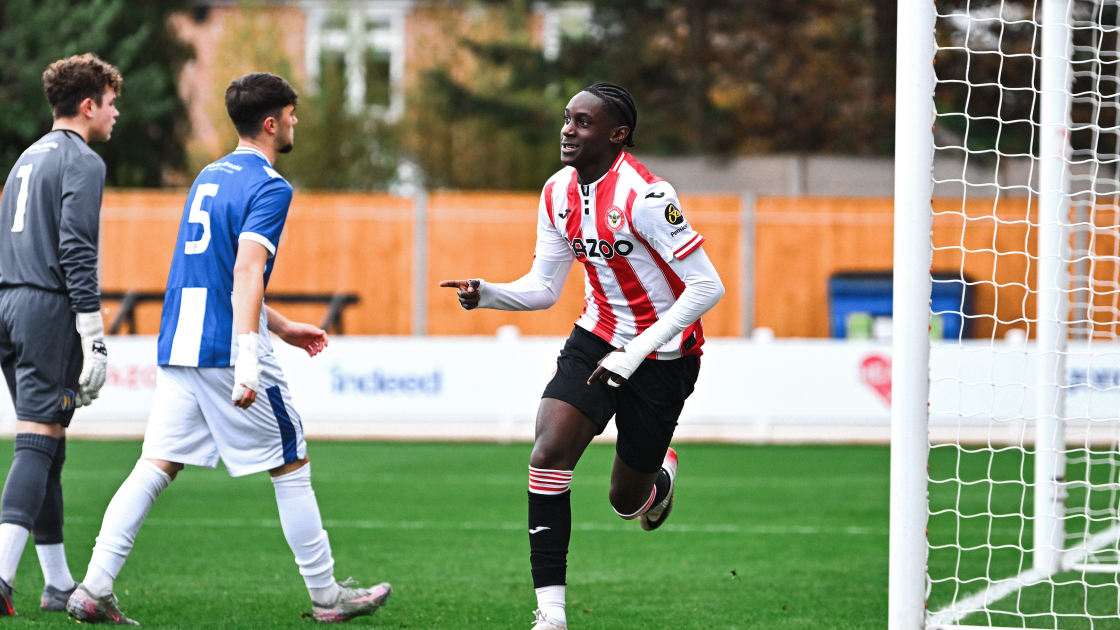A MAJOR new analysis of more than 18,000 adults with early-onset non-small cell lung cancer (NSCLC) has revealed that survival outcomes vary sharply depending on both clinical and socioeconomic factors. The findings, drawn from a large USA…
Takeaways
- Estrogen-based hormone therapy did not consistently reduce anxiety or depression in perimenopausal or postmenopausal women.
- Modest benefits were observed among symptomatic women within a few years of their final menstrual period,…






